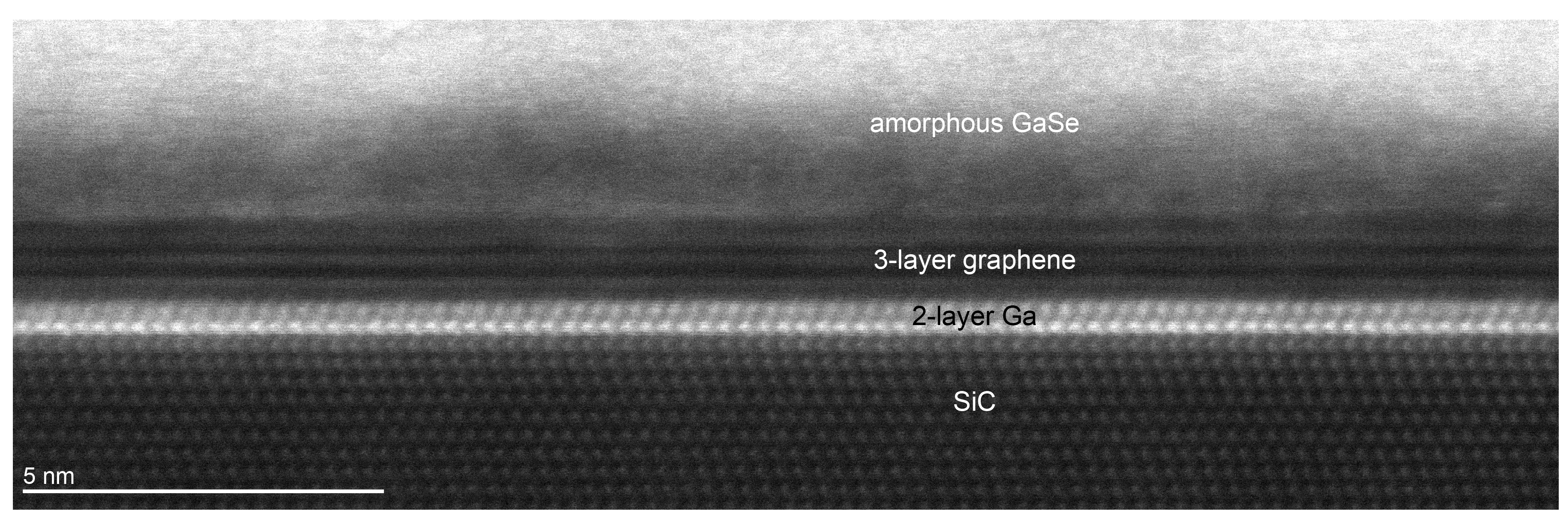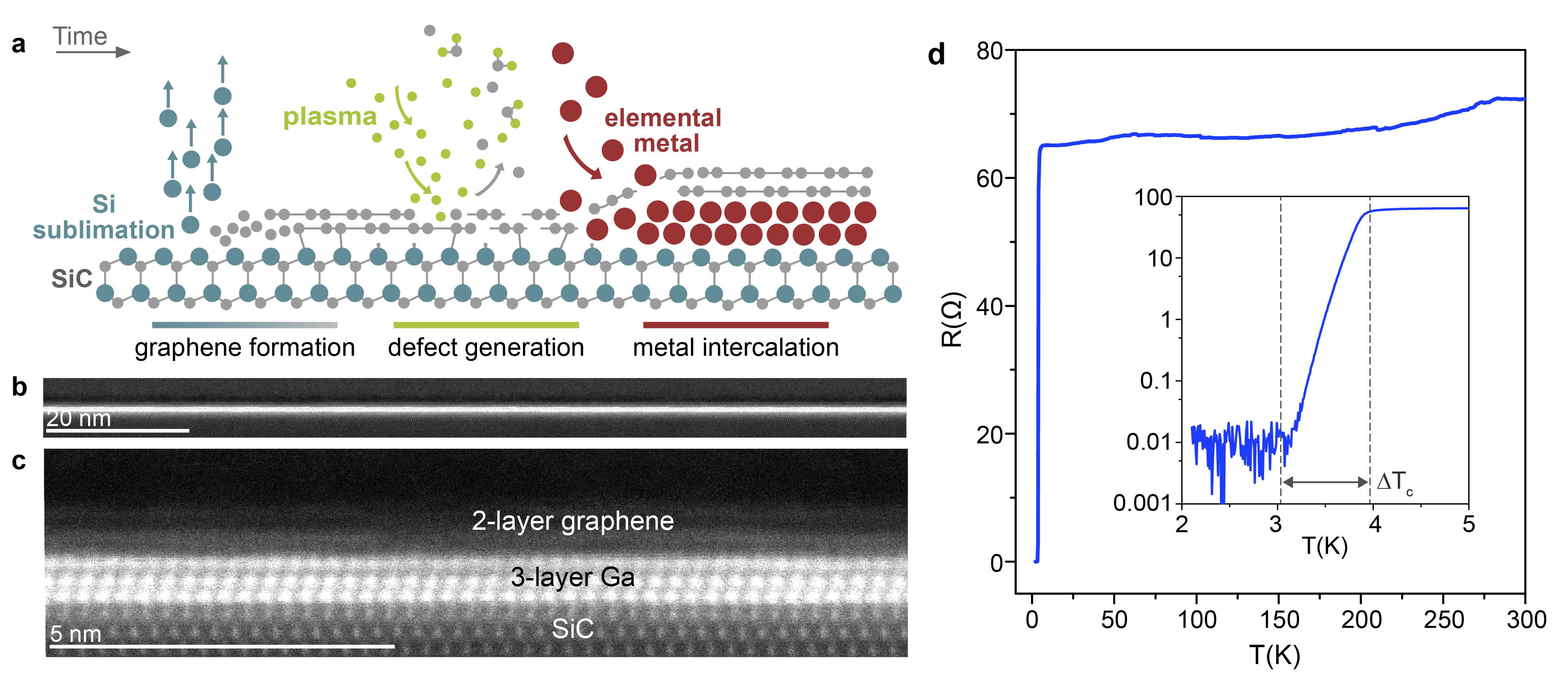Atomically thin, half-van der Waals metals enabled by confinement heteroepitaxy
Published in Electrical & Electronic Engineering

The study of metals dates back nearly 7,000 years to the Calcolithic Age, when humans began to experiment with copper ore. Over the course of many thousands of years, metals have found their place in society – serving as integral components in nearly everything around us – cars, buildings, airplanes, heavy machinery. While these technologies conjure images of massive structures and red-hot ore, metals are also vital in nanoscale technologies. Ultra-thin metal films make up our electronics, and metal nanoparticles can enable advanced medical imaging and therapeutics. Beyond the nanoscale, metal films and structures just a few atoms thick hold promise for quantum technologies, sensing and optoelectronics. The challenge in realizing atomically-thin metal films, however, lies in their sensitivity to air. Few metals resist oxidation of their top layers upon exposure to air. As a result, present efforts to realize pristine, atomically-thin metal films require ultra-high vacuum environments or the application of protective capping layers. Our recent work demonstrates an alternative approach to creating atomically-thin metal/graphene heterostructures – one which avoids complex capping strategies and ultra-high vacuum equipment.
Like many scientific ventures, our approach has roots in accidental discovery. Inspired by findings on 2-dimensional gallium nitride (2D-GaN) in 2016, we began to investigate ammonia annealing of 2D gallium selenide (GaSe) layers as a route to ultra-thin GaN formation. We started by depositing GaSe layers on a variety of substrates, and while studying the interface between GaSe and one substrate – epitaxial graphene on silicon carbide (EG/SiC) – we noticed something different: 1–2 layers of bright white atoms located between graphene and SiC. These layers were composed of gallium atoms, and extended across the entire section of material we prepared.

Over the course of the next two years, we worked backwards from this discovery, developing a method to intentionally stabilize gallium and other metals in single-to-few layer form. The method is dubbed Confinement Heteroepitaxy (CHet), and is presented in our recent manuscript. Through this process, metal atoms generated via thermal evaporation of metal powders migrate through defects in graphene layers and passivate the surface of the underlying SiC. The metal layers are capped by graphene on the top and SiC on the bottom. Surprisingly, the encapsulated metals show little sign of oxidation over the course of nearly 9 months, indicating that graphene layers protect the underlying films from reaction with air. This inherent stability allows us to probe the properties of the few-layer metal films with relative ease.

While atomically-thin metals hold promise for a range of applications, we focus our initial works on superconductivity in few-layer gallium enabled by CHet. We demonstrate BCS-type superconductivity in the SiC-supported 2D Ga system, which exhibits an enhanced Tc of ~4 K (compared to 2 K in bulk, α-Ga). Interestingly, the 2D Ga resembles a nearly-free-electron metal – a material which is not expected to superconduct, due to weak electron-lattice interactions. Through combined theory and experiment we show how 2D Ga can still be superconducting despite exhibiting free-electron character. Overall, the process of stabilizing 2D superconductors via CHet may be applied to elements beyond Ga, opening opportunities to study unconventional properties that may lead to new physics and devices.
Through CHet, we reveal interface engineering as relatively unstudied means of creating 2D materials. While the EG/SiC interface is well suited to this approach, we look forward to exploring more broadly the broad physical and material requirements of interface-stabilized 2D materials, and seek to develop a framework that can enable intelligent design of 2D/3D material structures.
For more information, please see our recent publication in Nature Materials: "Atomically thin, half-van der Waals metals enabled by confinement heteroepitaxy": (https://www.nature.com/articles/s41563-020-0631-x)
Poster image credit: Yihuang Xiong (Penn State)
Follow the Topic
-
Nature Materials

A monthly multi-disciplinary journal that brings together cutting-edge research across the entire spectrum of materials science and engineering, including applied and fundamental aspects of the synthesis/processing, structure/composition, properties and performance of materials.





Please sign in or register for FREE
If you are a registered user on Research Communities by Springer Nature, please sign in